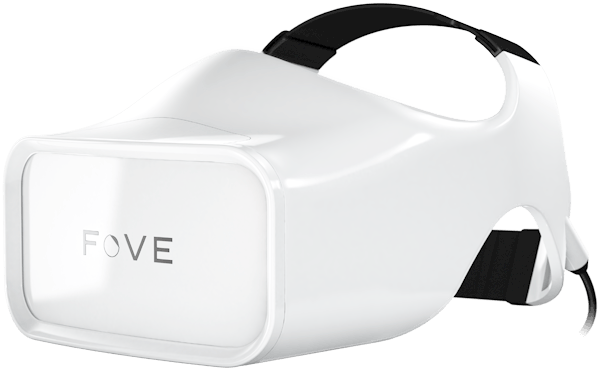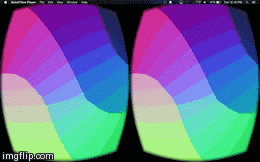March has been filled with all sorts of madness for me – after a crazy fun week at GDC, I’ve been spending a lot of time working on a few of my side projects (some are starting to share up into actual experiences, I’m happy to say!) and writing conference proposals. But the most exciting news of the month: I have officially been accepted as a speaker at JSConf Budapest this May, where I’ll be talking about WebVR and JavaScript’s role in virtual & augmented reality!
My excitement level:

Is 2015 the year of Virtual Reality? Experts suggest that VR will be a 5.2B industry within the next 2 years – but right now, the majority of VR development tools require heavy game engines and specialized desktops.
In this talk, we’ll discuss the emerging support from the VR and web communities for WebVR, a new API emerging to support writing VR-enabled websites using HTML, CSS, and JavaScript. We’ll be taking a look at existing applications for virtual reality on the web, the benefits of WebVR, and how to get started with the available tools and libraries for browser-based virtual reality written in JavaScript.
If you are interested in attending JSConf Budapest, you can buy tickets here! When work has you traveling to amazing new places, talking about the things that you love – that’s the best place to be.




